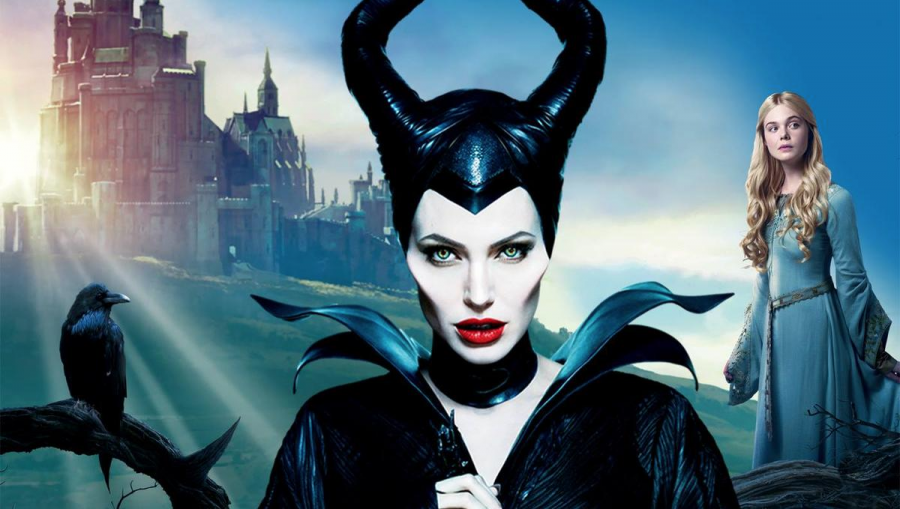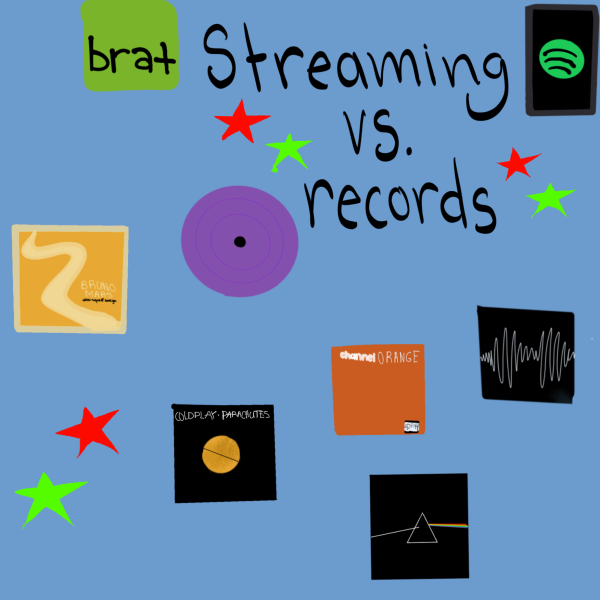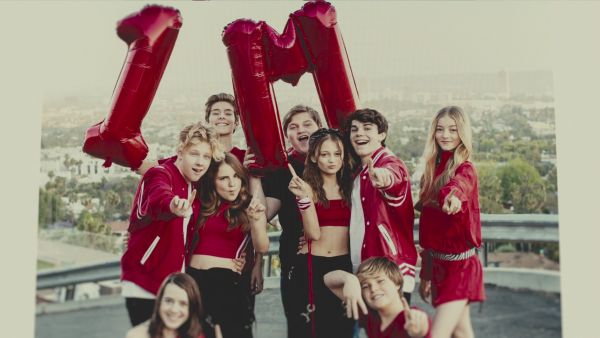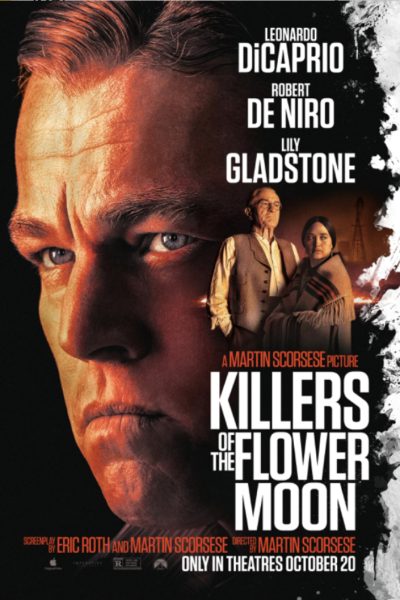Maleficent Sequel Stuns Viewers With Impressive Storytelling
Maleficent: Mistress of Evil Packs in Loads of Action and Remains Cohesive To First Film
Maleficent: Mistress of Evil showcases a conflict between two prominent kingdoms, Ulstead and Moors.
Maleficent: Mistress of Evil was released on Oct. 18 to theaters. This movie is a sequel to the film Maleficent, which came out in 2014. In spite of the five-year difference between the release of the first movie and Maleficent: Mistress of Evil, the incredible cosmetic work done in the first film was duplicated in the second film, and Maleficent (Angelina Jolie) looked just as good as she did in the first movie.
The large time difference between the release of the two films allows for confusion in the viewers. For example, Maleficent’s hostility towards Prince Phillip (Harris Dickinson), particularly when he proposes to Princess Aurora (Elle Fanning), was a result of her past, but that story was told in the first movie—she had gotten her heart broken when she was younger. While this problem can be solved in the future if viewers watch the first film shortly before the second, watch- ing Mistress of Evil in the theaters five years after seeing Maleficent can be extremely confusing, as important components of the plot relies on viewers’ knowledge of the first film. On the other hand, this dependency on the first film makes Mistress of Evil truly a sequel of Maleficent, and not a spin-off.
However, Jolie, who was also a producer, said in a recent interview with Disney that “we didn’t [make the movie] right away; we really wanted to make sure we had the right story and we knew what we wanted to say.” So, despite the time in between the two films, Jolie and the other two producers decided to fully develop the story, resulting in a well thought out film, as the producers intended.
The fantasy elements—such as Maleficent flying around the kingdom and turning into a phoenix—balanced the live-action ones in scenes with the queen of Ulstead, Ingrith (Michelle Pfeiffer) and Princess Aurora. Moreover, the elements of talking mag- ical creatures from Moor, where Maleficent and Princess Aurora are from, were neutralized with scenes where the fantasy elements are used. The film’s conclusion relied heavily on fantasy, because when Queen Ingrith releases a special powder that kills the creatures of Moor, the fairies and human-like tree move, as they did in the rest of the film. However, the reasons for the ongoing fight between Queen Ingrith and Maleficent maintained that necessary balance.
Some aspects of the movie are completely predictable, such as the poor relationship between Queen Ingrith and Maleficent evolving into something bigger than an argument between two mothers; however, others were unforeseeable: an entire species of fairies like Maleficent co-existing seemed to come out of thin air. The variation in predict- ability versus unpredictability combined familiar aspects of the first film with unprecedented components as well.
Making $33 million less than the preceding Maleficent’s $69.4 mil- lion, Mistress of Evil was not as successful as the original in the box office. Along with a mediocre performance in theaters, the film received a Rotten Tomatoes score of 40% and a Metascore of 43 out of 100. Regardless of successes in the box office, or lack thereof, Mistress of Evil is a cohesive film that tells the story of what happened at the conclusion of the first film, and is successful for that reason. Overall, the film successfully combines varying cinematic elements to create Mistress of Evil.

Chloe Patel, class of 2020, is the Newspaper Managing Editor and Website Editor for The Rebellion. At Walpole High School, she is the President of French...











